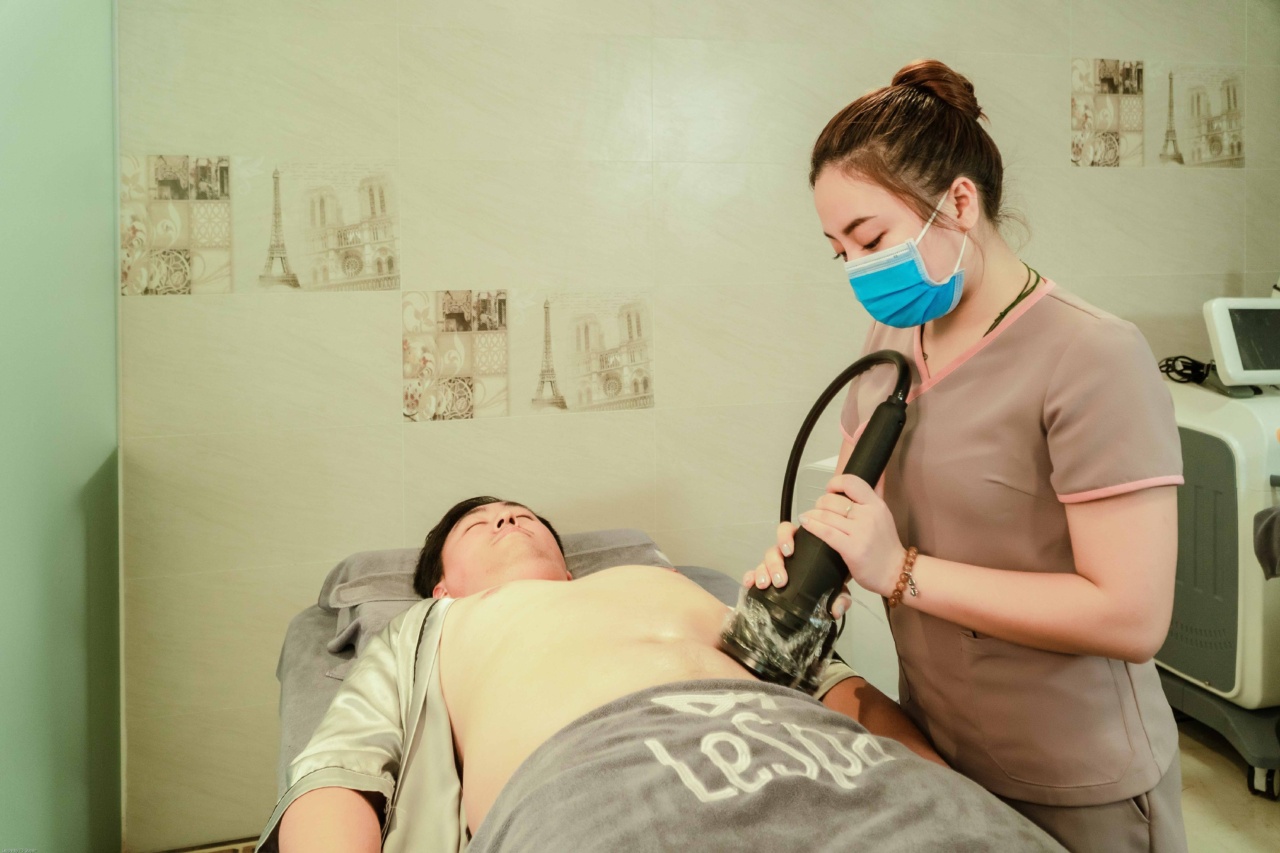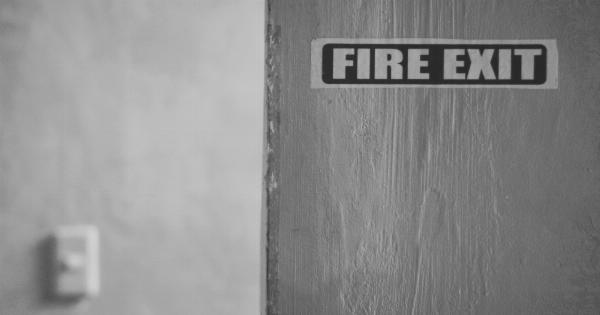Septicemia, also known as sepsis, is a life-threatening condition that occurs when an infection in the body enters the bloodstream. It is a serious medical emergency that requires immediate attention and treatment.
In this article, we will explore the symptoms and treatment options for septicemia, as well as the importance of early detection and prevention.
What is Septicemia?
Septicemia is a severe bloodstream infection that can quickly spread throughout the body. It is caused by bacteria, viruses, fungi, or parasites that enter the bloodstream from an existing infection or a wound.
When these pathogens enter the bloodstream, they travel to various organs and tissues, causing inflammation and potentially leading to organ failure.
Septicemia can occur in anyone, but certain individuals are at a higher risk, including those with weakened immune systems, the elderly, infants, and individuals with chronic illnesses such as diabetes or cancer.
Symptoms of Septicemia
Recognizing the symptoms of septicemia is vital for early detection and immediate medical intervention. Some common symptoms of septicemia include:.
- Fever: A high fever is often one of the first signs of septicemia. It is usually accompanied by chills and sweating.
- Rapid heart rate and breathing: Septicemia can cause an increased heart rate and difficulty breathing, as the body tries to pump more blood to fight the infection.
- Confusion or disorientation: In severe cases, septicemia can affect brain function, leading to confusion, disorientation, or even unconsciousness.
- Low blood pressure: As septicemia progresses, it can lead to dangerously low blood pressure, causing dizziness, lightheadedness, or fainting.
- Abdominal pain: Some individuals with septicemia may experience abdominal pain, nausea, vomiting, or diarrhea.
- Rash or skin discoloration: In certain cases, septicemia can cause a rash or patches of skin that appear discolored.
If you or someone you know experiences any of these symptoms, especially if there is an existing infection or wound, it is crucial to seek immediate medical attention.
Treatment for Septicemia
Timely and proper treatment is crucial for septicemia as it is a medical emergency. Treatment typically involves:.
- Antibiotics: Broad-spectrum antibiotics are administered immediately to fight the infection and prevent it from spreading further.
- Intravenous fluids: Fluids are given through a vein to maintain blood pressure and prevent dehydration.
- Vasopressors: In severe cases where blood pressure remains dangerously low despite fluid administration, medications called vasopressors may be required to constrict the blood vessels and increase blood pressure.
- Surgery: In some cases, surgery may be necessary to remove the source of the infection, such as an abscess or infected tissue.
In addition to medical treatment, supportive care is provided to manage the symptoms and complications associated with septicemia. This may include oxygen therapy, pain management, and close monitoring in an intensive care unit.
Prevention of Septicemia
Preventing septicemia involves taking specific precautions to minimize the risk of infection and promptly treating any existing infections. Here are some essential preventive measures:.
- Keep wounds clean and properly bandaged: Clean any cuts, scrapes, or wounds thoroughly with soap and water, apply an antiseptic, and cover with a clean bandage to prevent infections.
- Practice good hygiene: Wash your hands frequently, especially before eating or preparing food, and after using the bathroom.
- Get vaccinated: Stay up to date with recommended vaccinations to protect against certain infections, such as pneumonia or influenza.
- Manage chronic illnesses: If you have a chronic illness, work with your healthcare provider to manage the condition effectively and reduce the risk of complications.
- Follow healthcare facility protocols: If you are visiting or staying in a healthcare facility, follow the recommended protocols for hand hygiene, wound care, and infection control.
By following these preventive measures, individuals can significantly reduce their risk of developing septicemia.
Conclusion
Septicemia is a severe and life-threatening condition that requires immediate medical attention. Recognizing the symptoms, seeking prompt treatment, and taking preventive measures are crucial for managing septicemia effectively.
If you suspect septicemia or are experiencing any symptoms mentioned in this article, it is essential to seek urgent medical care to prevent complications and improve outcomes.































